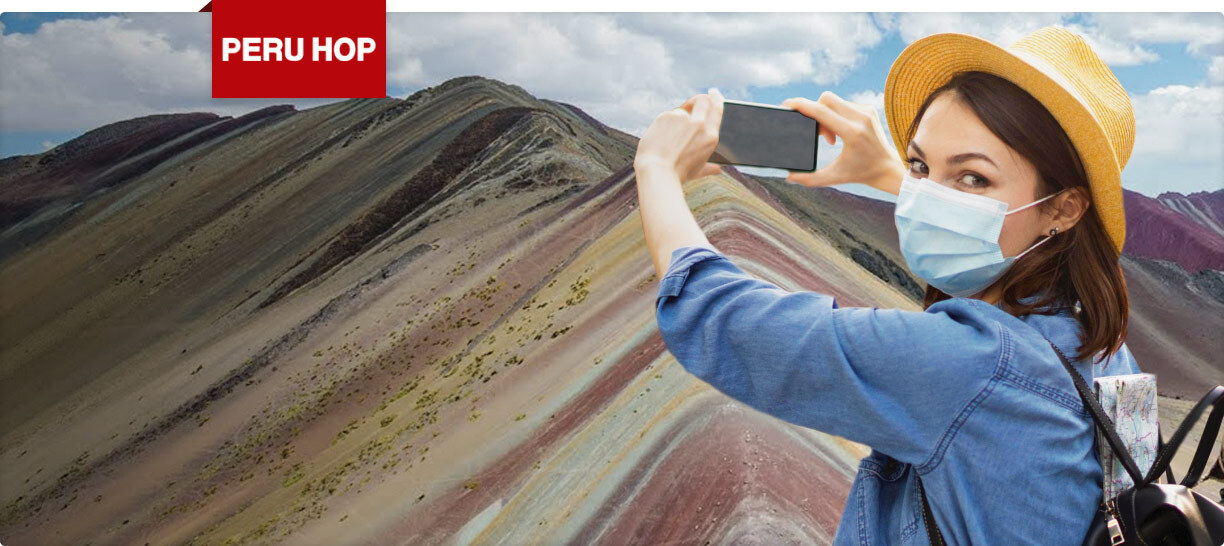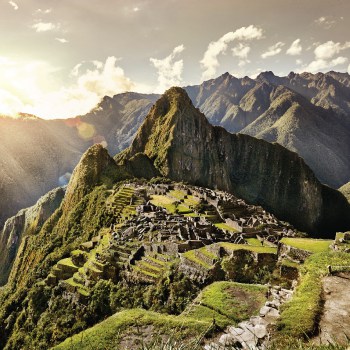Machu Picchu Safety Advice From ‘A’ to Zika

The mighty Machu Picchu (photo by Tony Dunnell)
The following Machu Picchu safety advice covers everything from altitude sickness to sunburn to the Zika virus. It will help you decide which vaccinations you need for Machu Picchu, and which can be ignored.
That said, none of the information below should be considered a replacement for proper advice from your doctor. It’s always a good idea to have a chat with your doctor before visiting Peru.
Altitude Sickness
Machu Picchu is located just below the height at which altitude sickness can occur. But if you go to Cusco, which you almost certainly will, you’ll be well above the 2,500-meter mark – the elevation at which altitude sickness can occur. You’ll also move into the risk zone if you hike the Inca Trail or some of the alternative treks to Machu Picchu, such as the Salkantay trek. Surmountable mountain peaks near the Machu Picchu archaeological site, including Huayna Picchu, also rise above 2,500 meters. If travelling to Cusco from Lima we strongly recommend to follow Peru Hop’s route along the coast and up to Cusco from the city of Arequipa, this will give you some time to acclimatise to the thinner air and help prevent any issues when visiting the UNESCO heritage site. Cusco, the launch point for almost all visits, is located at a lung-bursting 11,152 feet (3,399 meters). Anyone heading to Machu Picchu, therefore, should read about the risks, prevention and symptoms of altitude sickness.
Chikungunya
Chikungunya cases have been confirmed in Peru but the risk remains extremely low. That said, it’s always worth protecting yourself from mosquito bites in Peru (read this CDC guide to mosquito bite prevention), which spread both chikungunya and a number of other diseases mentioned here (including dengue, malaria and yellow fever).
Dengue
The risk of dengue at Machu Picchu and in the city of Cusco is low, unless there is a severe outbreak (outbreaks tend to happen in urban areas, not at sites like Machu Picchu). Outbreak or not, protecting yourself against mosquito bites is once again the smart thing to do. No vaccination exists for dengue.
Falling Off a Cliff
The subheading above might sound flippant, but falling off a cliff is a genuine concern at Machu Picchu and while trekking along the Inca Trail or alternative routes. One of the most recent incidents involved a 51-year-old German tourist who fell to his death from Machu Picchu Mountain while posing for a mid-leap photo, having ignored the security barriers to enter a restricted area. Other fatal falls have occurred along the Inca Trail, including a 73-year-old German trekker in 2013, and an American trekker, Rachel Cecilia Gian, 26, who also fell to her death in 2013.
Leishmaniasis
Leishmaniasis, sometimes known as the “flesh-eating disease,” is endemic in Peru and is spread by infected sandflies. While cases of leishmaniasis have occurred in the Cusco Region, the risk to tourists is very low and there are no reported cases among tourists visiting Machu Picchu, as far as I can tell. Sandflies are, however, an irritation of indescribable proportions, so you’ll always want to guard against them — including at Machu Picchu. Insect repellent containing DEET is recommended (long trousers also help keep sandflies at bay).

Malaria
You do not need antimalarial drugs for a trip to Machu Picchu. According to the Centers for Disease Control, “There is no malaria risk for travelers visiting only Lima and vicinity, coastal areas south of Lima, or the popular highland tourist areas (Cusco, Machu Picchu, and Lake Titicaca).”
Rabies
While there is rabies in Peru, the rabies vaccination is rarely recommended for travelers to the country unless they will be taking part in specific activities such as handling animals or exploring caves (spelunking). You do not therefore need a rabies vaccination for visiting Machu Picchu.
Sunburn
UV exposure increases at higher altitudes, so don’t ignore or underestimate the risk of sunburn at Machu Picchu, which sits at about 2,430 meters (7,970 feet) above sea level. According to the World Health Organization, UV levels increase by 10% to 12% with every 1000 meters increase in altitude.
ENTERTAINMENT TIP: If looking for fun at night, or to watch sports during the day, or even a taste of home, visit the Wild Rover Hostel Cusco for great food, sports and beer! Entrance to their bar is free even for non-guests
Travelers’ Diarrhea
Travelers’ diarrhea (TD) is one of the most common complaints among travelers in pretty much every country in the world. Typically, between 30% and 70% of all travelers suffer from diarrhea; in Peru, poor hygiene standards in local restaurants probably put the risk at the higher end of that scale. Basic precautions will help lower the risk of travelers’ diarrhea while visiting Cusco and Machu Picchu. Be careful with the water in Peru and consider avoiding street food and cheaper restaurants in the days before your trip or trek to Machu Picchu. If you’re hiking the Inca Trail, avoid drinking water directly from streams or rivers; boil it or use a filter. It’s always a good idea to pack over-the-counter antidiarrheal medicine in case of emergencies.
Yellow Fever
You do not need a yellow fever vaccination for Lima, Cusco, Machu Picchu or for trekking the Inca Trail. A yellow fever vaccination is not required for entering Peru (as it is for some South American countries), but it is sometimes recommended for travelers heading to jungle regions of Peru at an altitude of 2,300 m (7,546 feet) or below.
Zika
Mosquitoes that spread Zika do not usually live at elevations above 2,000 meters (6,500 feet), so Machu Picchu and the city of Cusco (which lies at 3,399 meters above sea level) should be Zika-free. Cases of Zika have occurred in Peru, including a confirmed case of sexual transmission of the Zika virus in the Lima province. The CDC released a travel alert for Peru in May 2016 in which it placed the Zika threat in Peru at “Level 2, Practice Enhanced Precautions” — recommending that travelers to Peru protect themselves from mosquito bites, and encouraging the use of condoms (or other barriers to prevent infection) or simply not having sex.
— A Further Note About Vaccinations for Machu Picchu
If you’re heading to Machu Picchu, you should at least consider getting certain routine vaccinations that are recommended for most travelers to Peru. These include:
- Hepatitis A
- Typhoid
- Measles, mumps, rubella (MMR)
- Diphtheria, pertussis, tetanus (DPT)
- Varicella vaccine (chickenpox)
- Yearly flu shot
You might be up-to-date with some or all of these vaccinations. But, as mentioned earlier, it’s always a good idea to have a chat with your doctor before going to Peru.
If you are (still?) interested in a trip to this epic historical site we suggest you check out FindLocalTrips.com a tour comparison website with heaps of info and all the different options for taking that trip of a lifetime.










